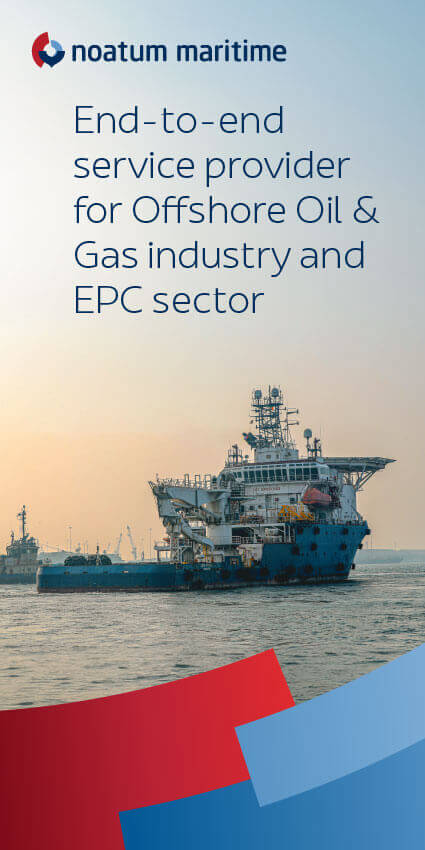The UK-based Oil Spill Response Limited (OSRL) has completed an air transport test flight of a fully assembled subsea capping stack for the first time, reaching an important milestone in developing its subsea capping and containment response capabilities
The newly demonstrated expertise has the potential to significantly reduce capping stack mobilisation times and represents the realisation of a major objective for OSRL and all those involved in its subsea well intervention services (SWIS).
Matt Clements, director of SWIS at OSRL, commented, “At OSRL, part of our mission is to constantly identify new ways to better support our members and adapt to their changing requirements through new technology, equipment and processes.”
“OSRL worked with our Subscribers Technical Advisory Forum (STAF) to understand members’ requirements, looking at various options to reduce capping stack mobilisation response times, including an assessment of existing alternative air freight capping stacks and new-build proposals. A STAF working group, led by BP, was established to investigate and develop the best technical solution for the AFCS project with OSRL,” Clements noted.
To facilitate the movement of the capping stack in a single operation, OSRL worked with L+M to design and fabricate a bespoke frame, with support from Trendsetter as the original equipment manufacturer (OEM) for the capping stacks. Both Antonov Airlines and Volga Dnepr reviewed and approved the combined skid/capping stack design and physical load for flight.
Chris Lund, technical manager for OSRL's SWIS team, added, “When every minute counts, the number one priority is stopping the flow of hydrocarbons as quickly as possible. The ability to transport a fully assembled capping stack by air is a critical development for the industry.”
“Sea transport remains the most likely mobilisation option for the majority of well sites, which is why we have four capping stacks strategically located in key upstream regions – fully assembled at storage bases with direct quayside access. But for wells in more remote areas, and for members looking to secure drilling licenses in new or remote exploration locations, this is a vital addition to our subsea capping and containment offering,” Lund further noted.









